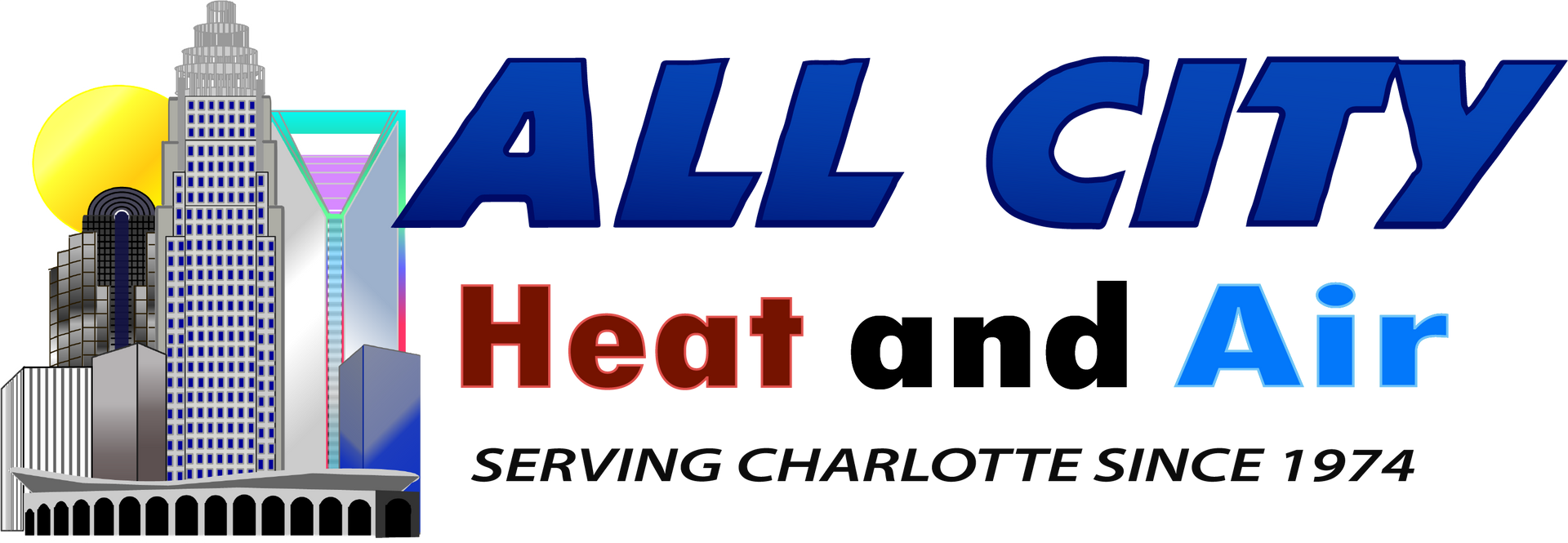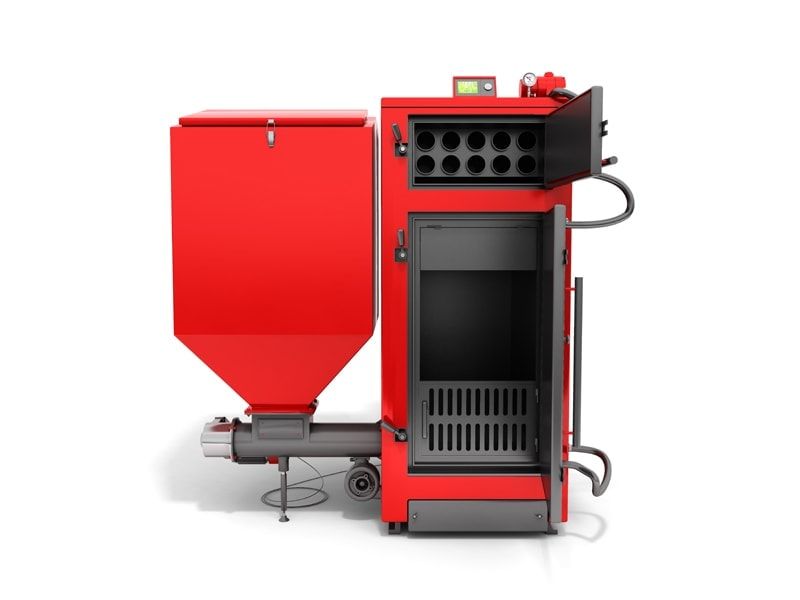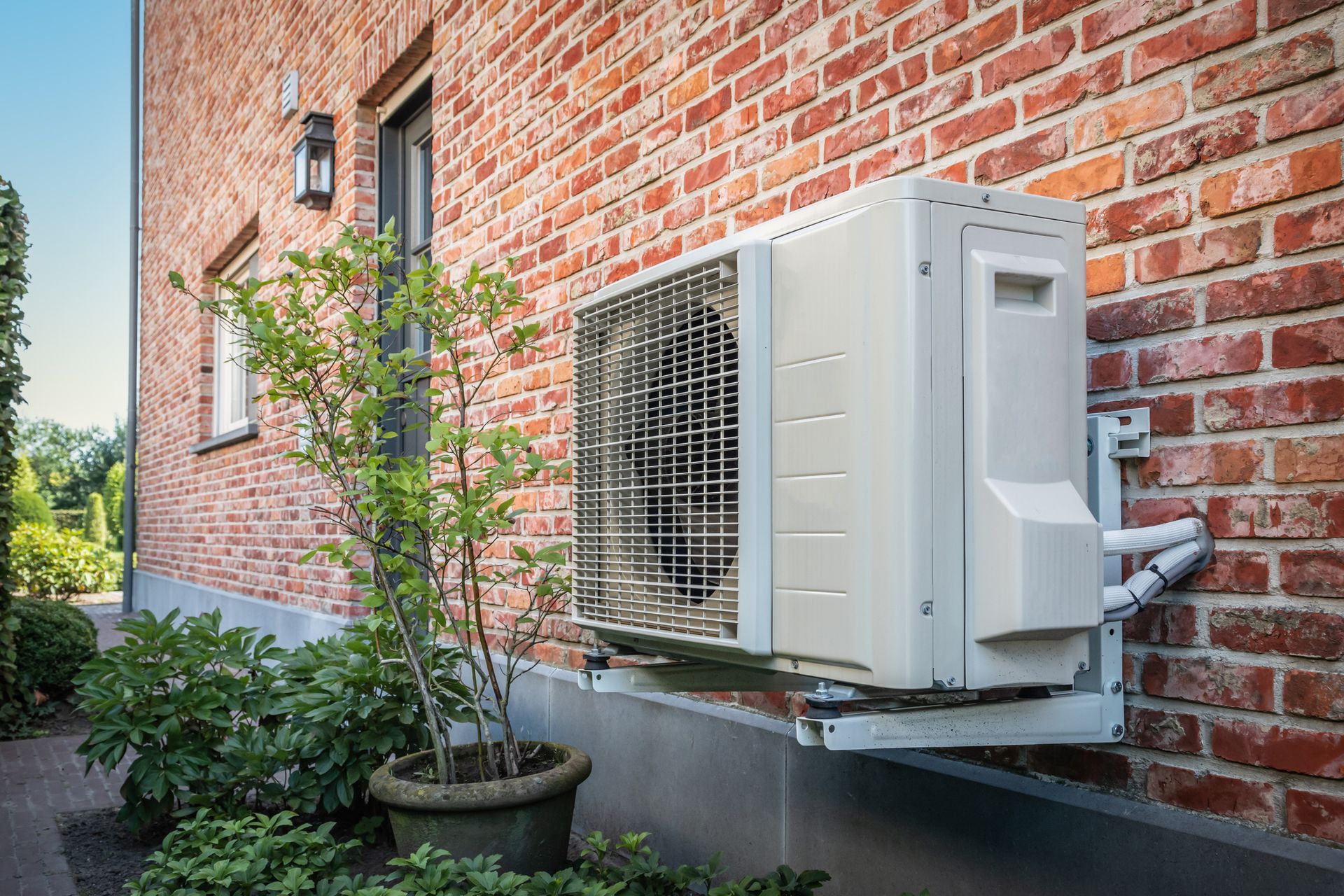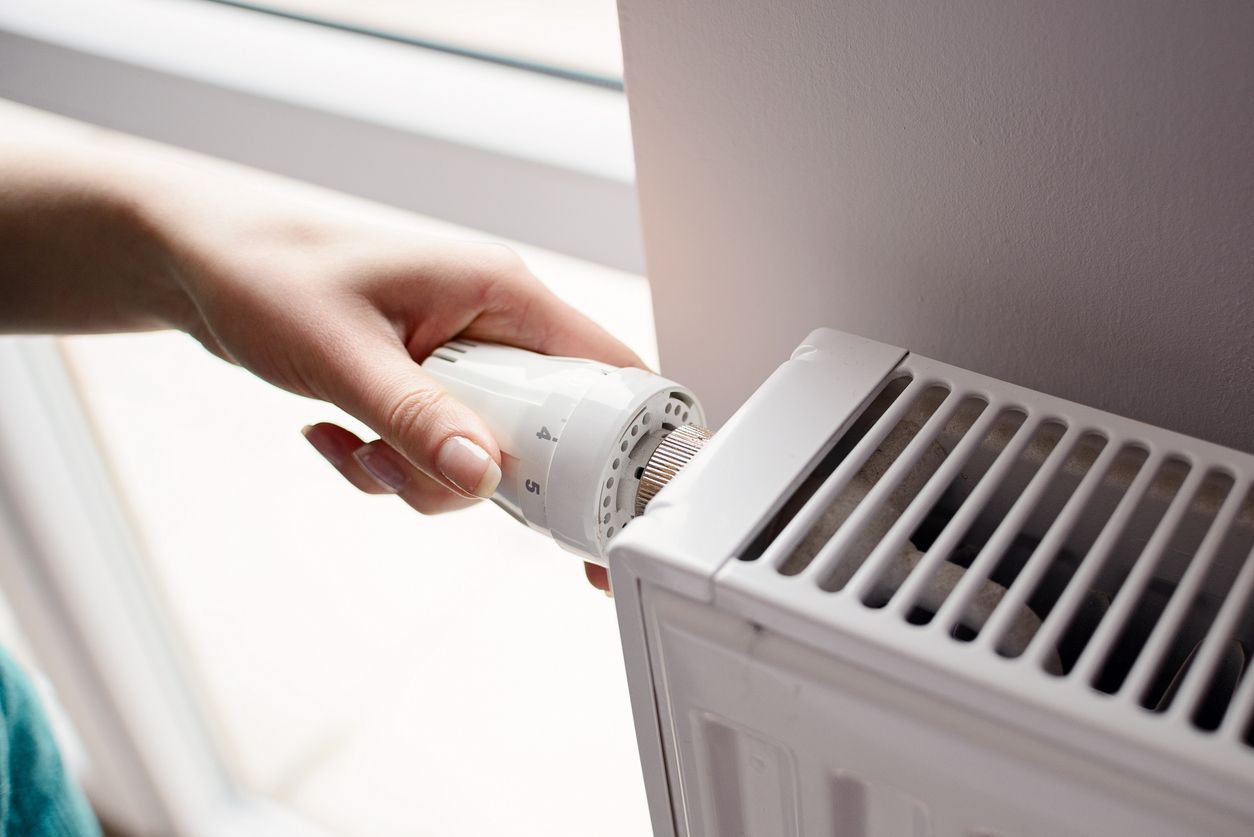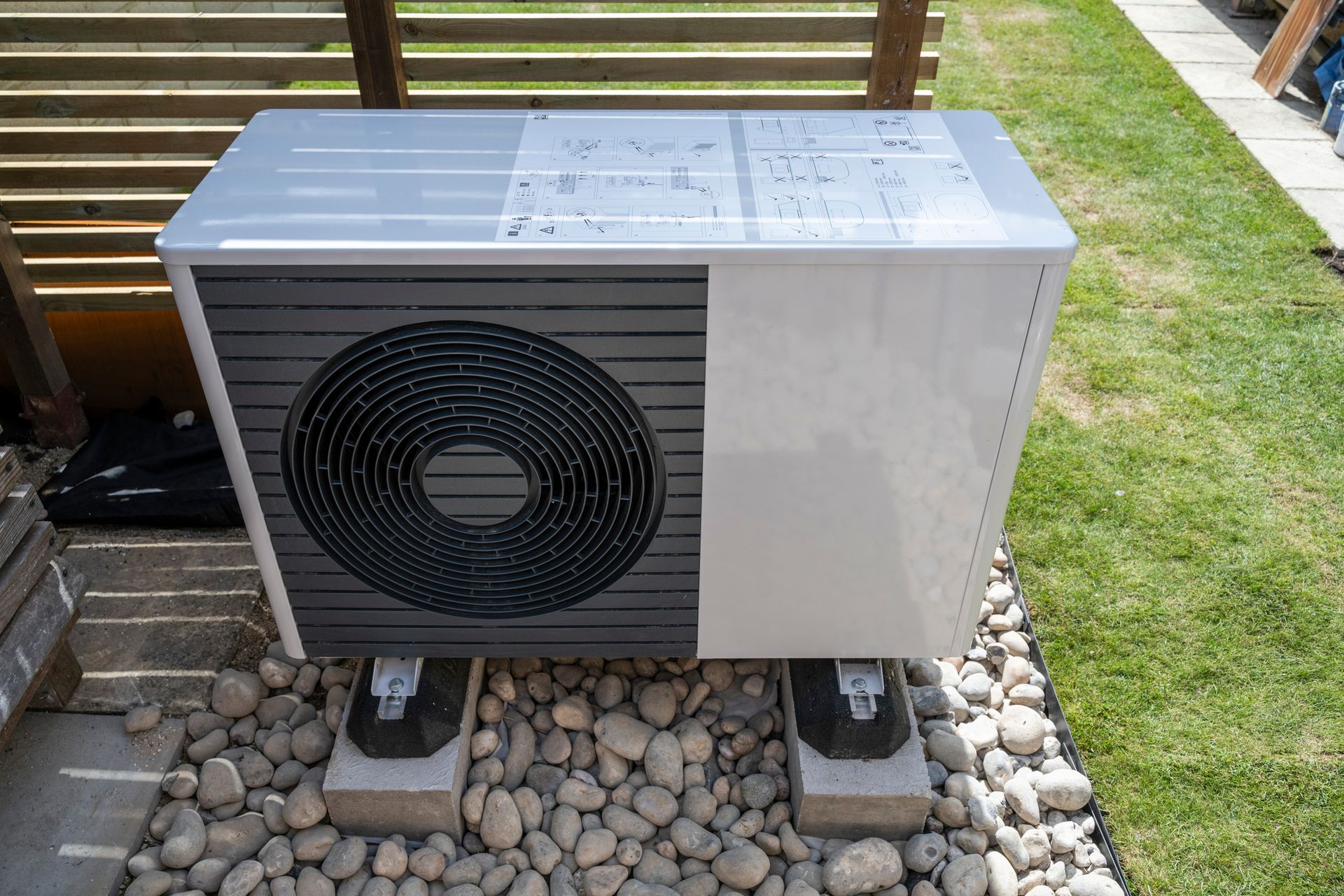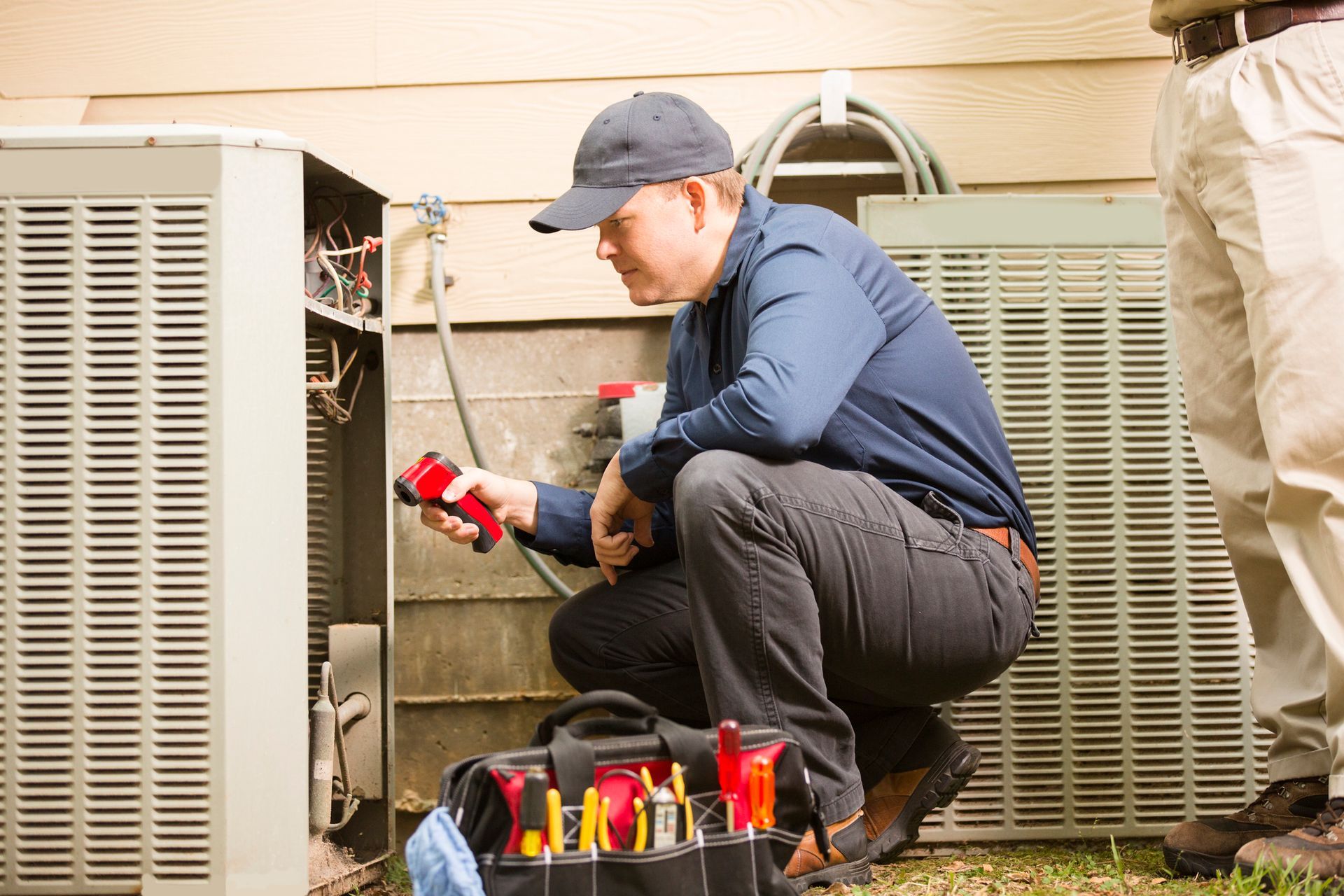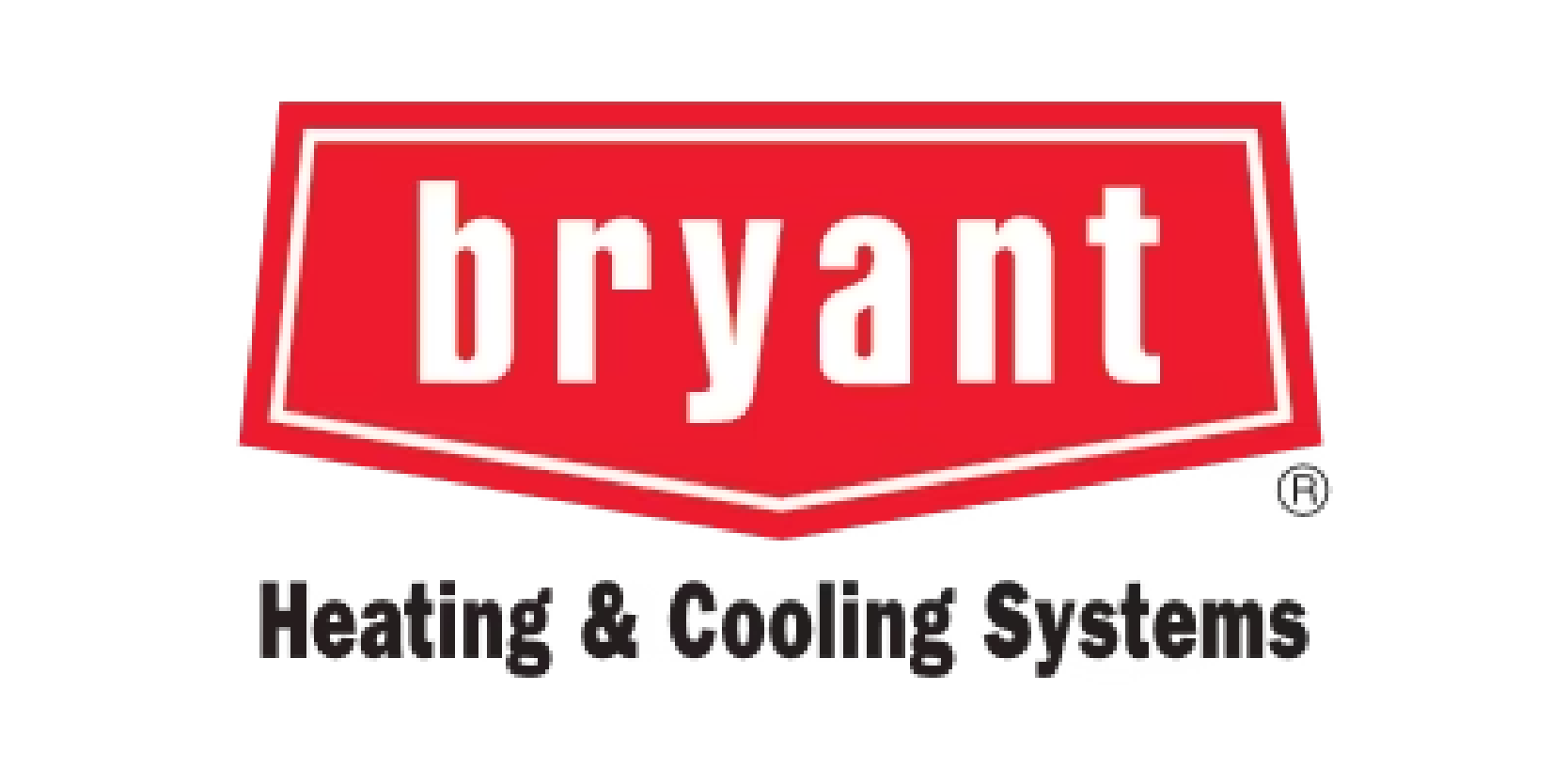
Anatomy of a Furnace
Furnaces keep you warm and cleanse the air you breathe. Whether you know it or not, they’re a big part of your life. But have you ever asked yourself, “How does my furnace work?” If so, lucky for you, here’s a quick rundown of what happens when your furnace is on.
Ignition
Similar to a car, the furnace must be ignited. For older furnaces, the ignitor is a pilot light. Newer models typically use electronic ignition.
The pilot light (a concept you may already be familiar with) is a tiny gas flame that stays on all the time. It’s used to ignite a larger flame when the furnace gets switched on.
Differently, electronic ignition uses a chain reaction somewhat like a filament light bulb. This ignites the gas burner. When triggered by the thermostat, a current of electricity runs through the filament, creating enough heat to light the gas on fire.
Combustion
The combustion chamber is where natural gas and air are combined. As you may know, oxygen is required to create fire. The furnace ventilates this chamber, feeding the fire enough oxygen to burn smoothly and efficiently. The ventilation also extracts the byproducts of the combustion.
As a furnace owner, be sure to keep your combustion chamber clean by having regular maintenance appointments with one of our professional technicians. You’ll have better quality air and higher efficiency if you’re diligent.
Heat
The warm air from your furnace is produced in the heat exchanger. The heat exchanger is located right above the combustion chamber, collecting the chamber’s heat waves. When the temperature inside the exchanger gets warm enough, the motor turns on and distributes the hot air through the ducts of the house. This process repeats until the desired temperature is reached.
We at All City Heat and Air hope we helped you learn a thing or two about your furnace. We want you and all our valued customers in Charlotte, NC, to be informed buyers. Call All City Heat and Air today at 704-545-2000 to schedule a maintenance visit, repair, or installation.
The post Anatomy of a Furnace first appeared on All City Heat and Air and is written by All City Heat and Air.
